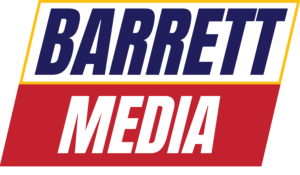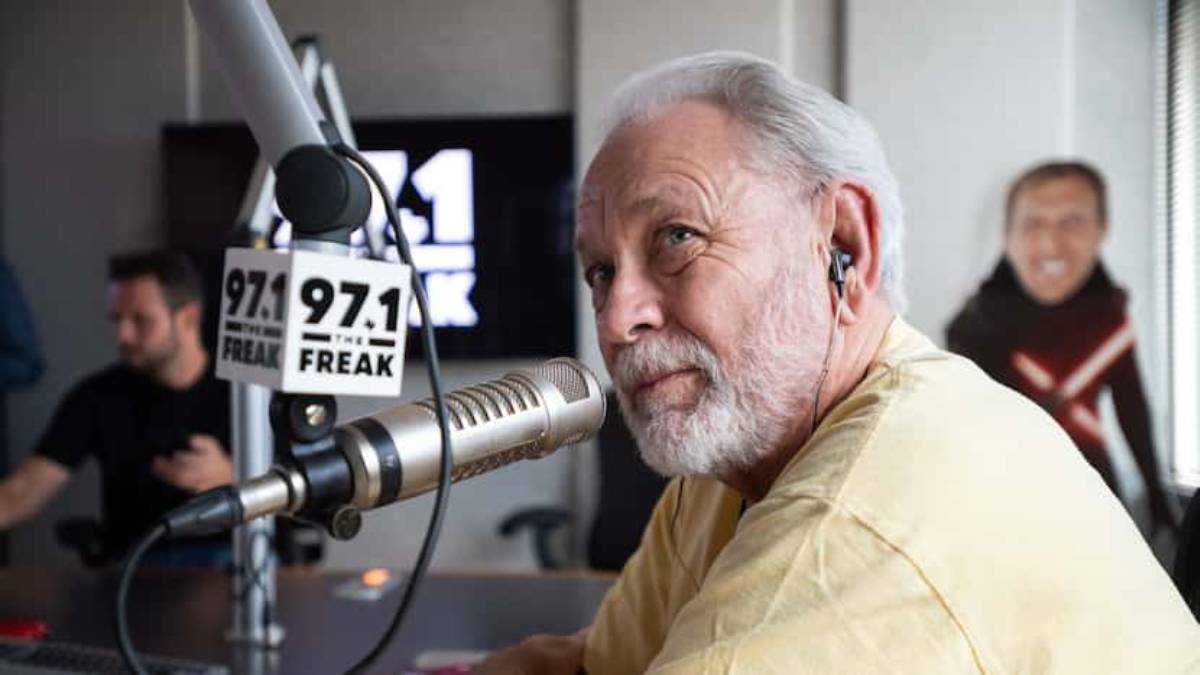It’s severe weather season across the Heartland of America. For millions of Americans, springtime brings thunderstorms, hail, strong winds, and yes, occasional tornadoes. Last weekend, there were 250 tornado warnings across the United States, mostly stretching from north Texas up to Nebraska, in the most intense severe weather outbreak of 2024 thus far. This should have reminded large and small market radio stations that we are often the lifeline for our audience during these severe weather events.
Specifically, as a News/Talk station, you will be expected to be a go-to resource for those traveling in their vehicles or at home if they’ve lost power and/or can’t access a television.
While it’s ideal to have a plan in place before the spring weather starts its instability, it’s never too late to reevaluate that plan and ensure your station is fully equipped to provide the listening audience with the best coverage possible.
First, depending on market size, have a strong TV partner you trust. This is the easiest way to access severe weather coverage. As long as you have someone capable of potting up your TV partner’s coverage, you can run their coverage for as long as you’d like. And this is better than putting someone on the air who has never done severe weather coverage, or who doesn’t know the market and geography of the region. If you’re not entirely confident in the person who is about to crack the mic to cover properly, then don’t even think twice. Use your TV partner.
I’ve bounced around radio stations throughout the Midwest recently and heard some horrendous weather coverage. Anchors and hosts mixing up counties, state lines, tornado watches vs. warnings, and more. They were disasters. Anchors on air admitting they can’t tell two counties apart. While you’re showing off your lack of geographical knowledge, listeners are turning to you to be experts to tell them whether or not they, and/or their families, are in harm’s way. And I’ll add that this example was in a sizable enough market that they likely had access to wall-to-wall TV coverage. There was no reason to keep the clueless on air to guess.
But plenty of small markets across the midwest may not have proper TV coverage, depending on their location. I experienced this early in my radio career in Woodward, Oklahoma. Oklahoma City television stations would do a decent job but not a great job covering the listening area.
As a result, every on-air staffer at K101 Radio was required to be able to handle severe weather coverage. That meant learning how to read radar, learn the counties in the region like the back of your hand, and understand the different warnings and watches while delivering the information to your audience concisely and coherently. The expectations of the late, great J. Douglas Williams were high.
Still, he knew the importance of being able to relay life-saving information to his audience in Northwest Oklahoma, Southwest Kansas, and the Texas panhandle, where his station was the go-to outlet for severe weather coverage.
While staffs are thin across radio, it’s not an excuse not to have a staff prepared for severe weather during the springtime in the Midwest. And it’s never an excuse not to cover life-threatening weather for your audience. It can be an excellent cume draw, no matter the time of day, and help build trust between your station and the listeners in your market.
Radio is losing audience share, just like all traditional media is, but one of the best ways to get it back is to quite literally “be there” for people when their lives are, or could be, at risk. It’s one of the great tools that separates radio from every other medium, and leaning into that for our competitive advantage only makes sense to remain viable well into the future.
Pete Mundo is a weekly columnist for Barrett Media, and the morning show host and program director for KCMO in Kansas City. Previously, he was a fill-in host nationally on FOX News Radio and CBS Sports Radio, while anchoring for WFAN, WCBS News Radio 880, and Bloomberg Radio. Pete was also the sports and news director for Omni Media Group at K-1O1/Z-92 in Woodward, Oklahoma. He’s also the owner of the Big 12-focused digital media outlet Heartland College Sports. To interact, find him on Twitter @PeteMundo.






